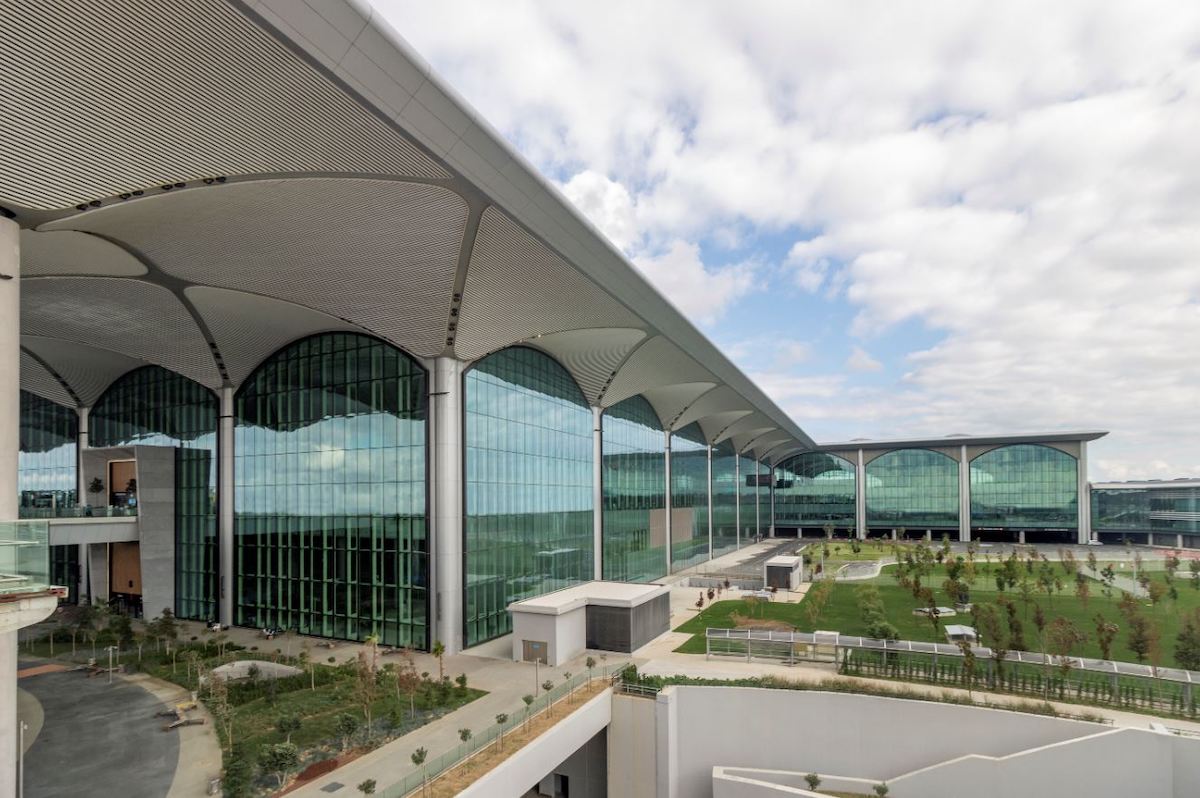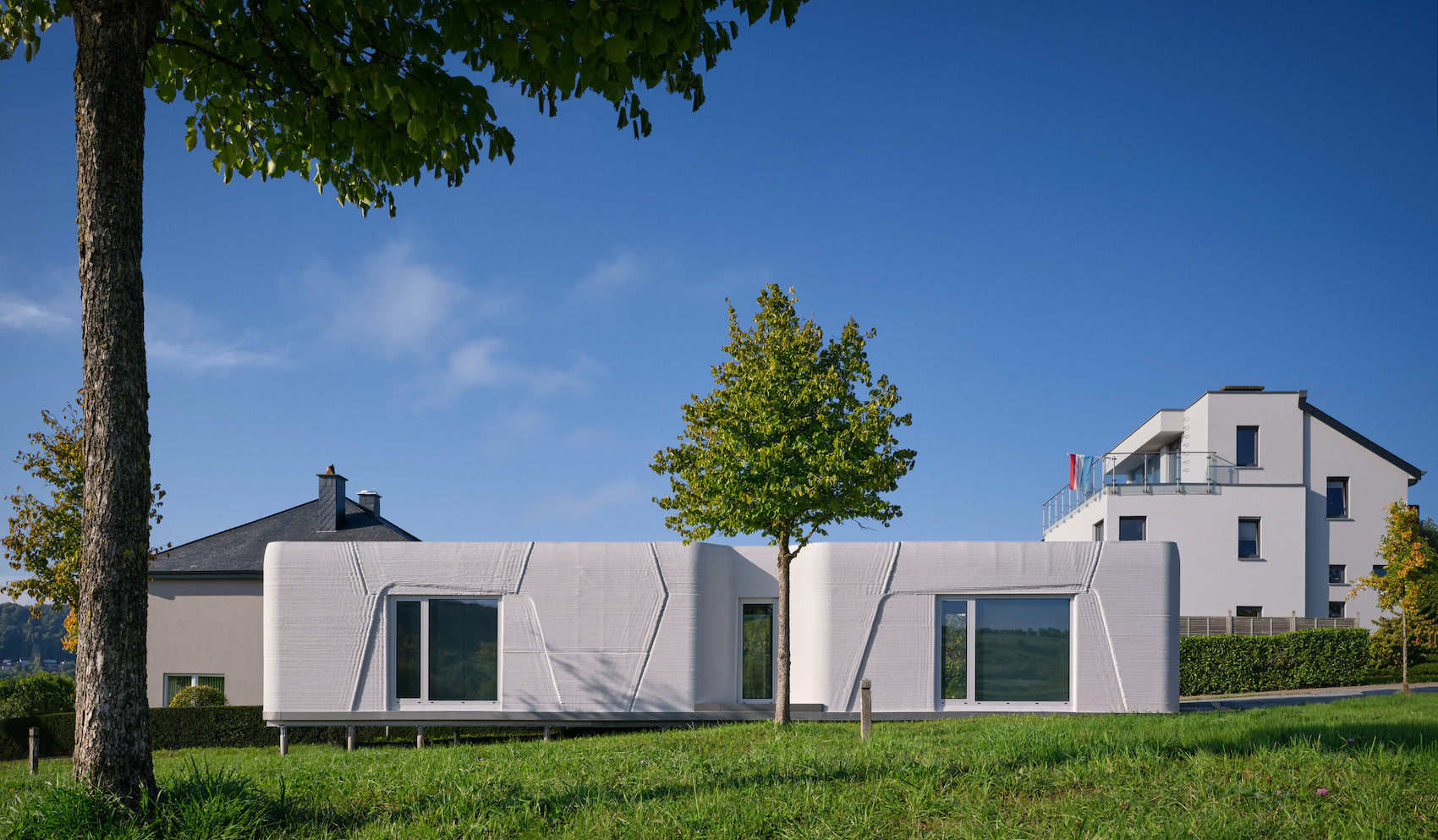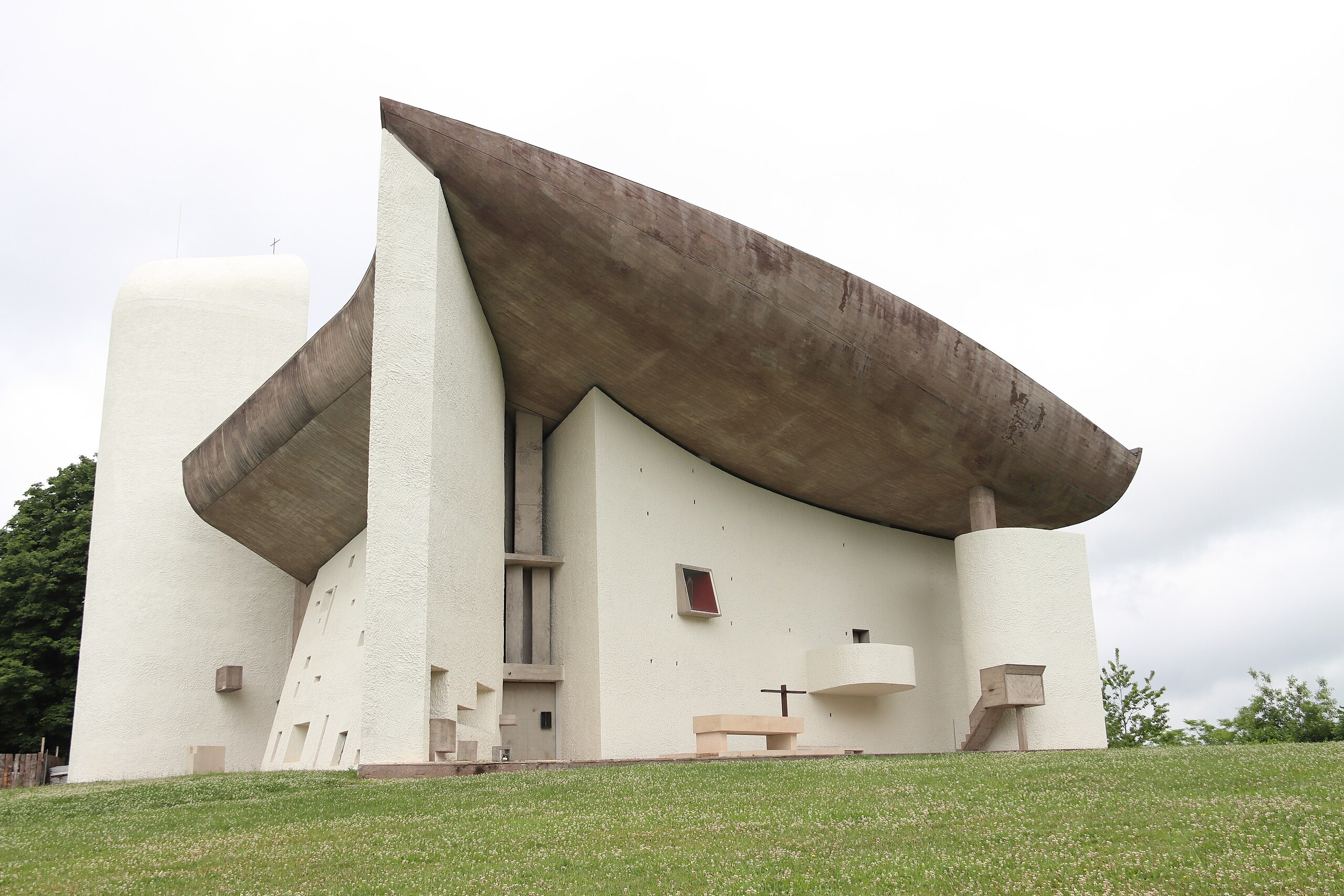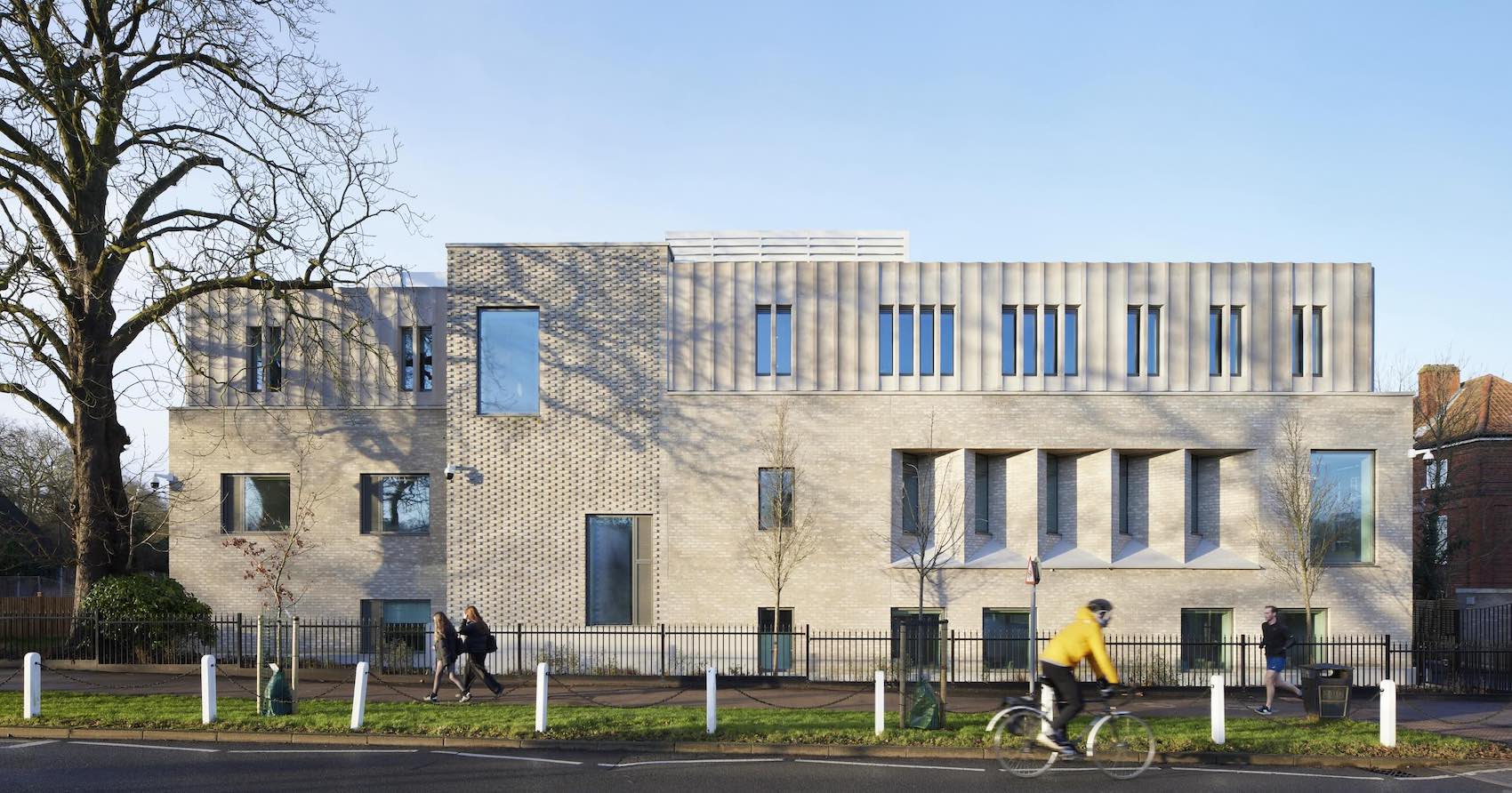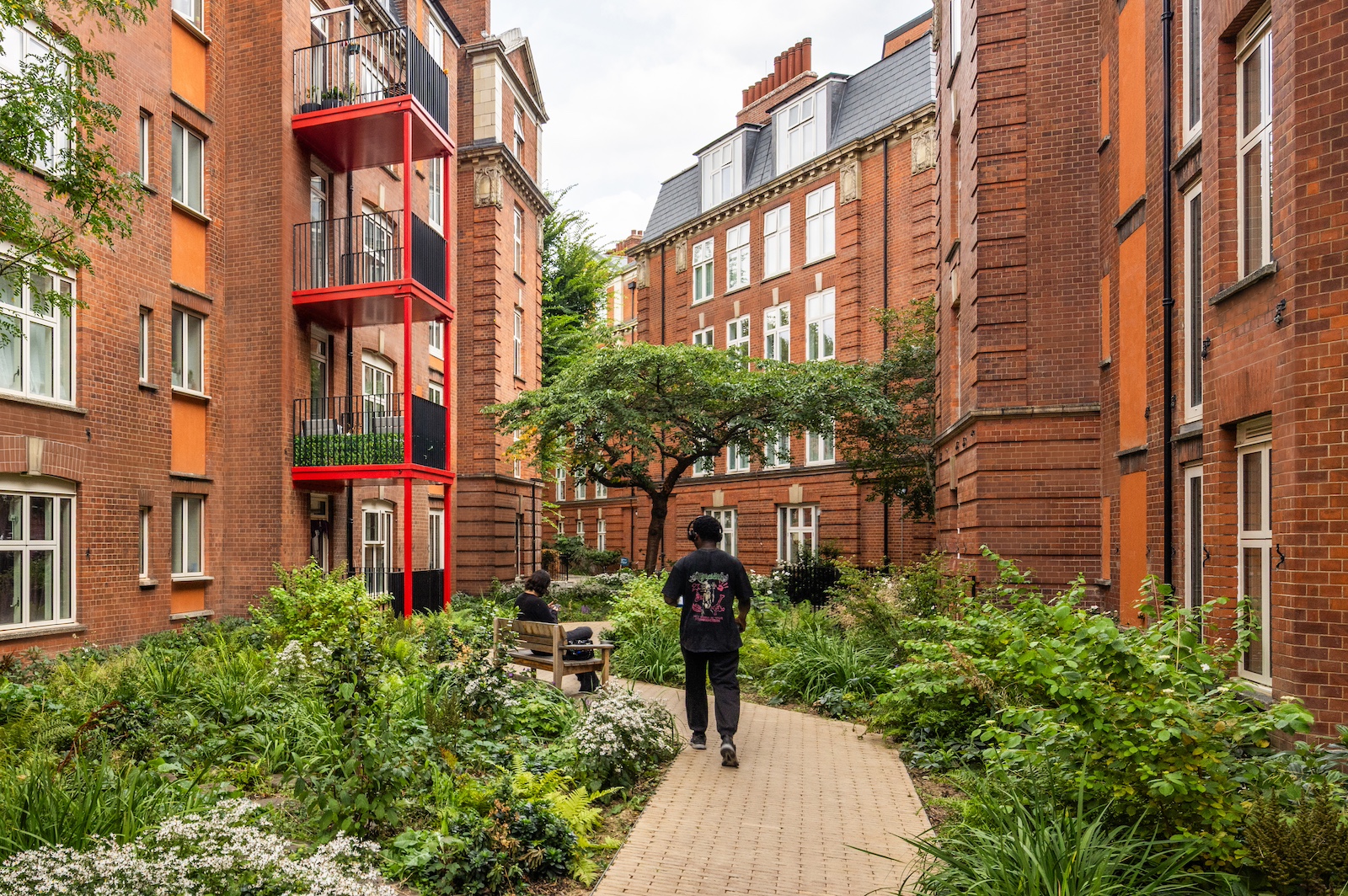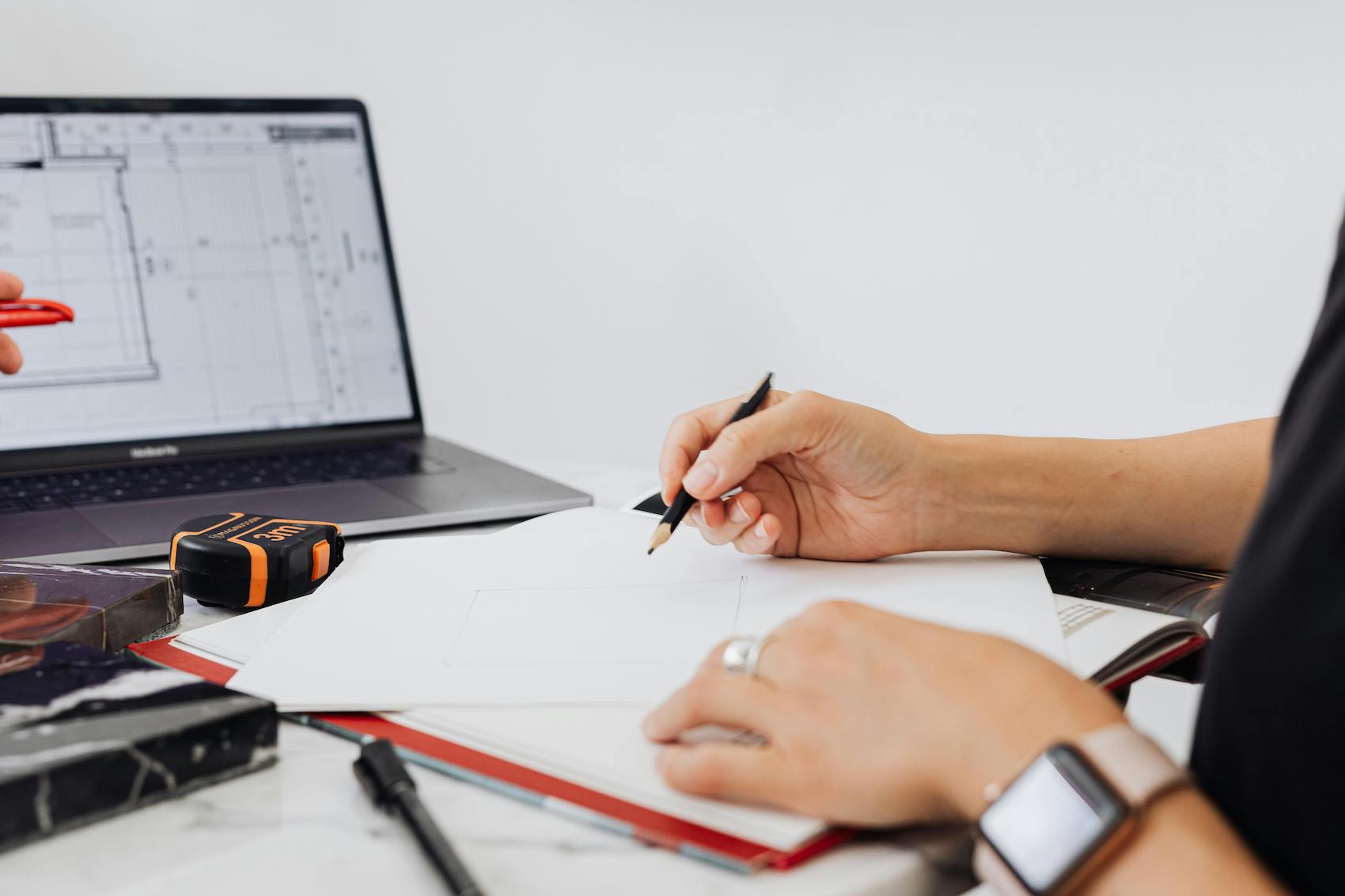As decision-makers search for a defining brand, Anna Parker contends that Birmingham’s identity is already evident in its bold architecture, creative energy, and proud local spirit.
Birmingham New Street’s ‘cute stubborn’ 1960s signal box gives a first taste of a bold approach to city-making.

Telly Savalas famously uttered “This is my kinda town” in a promotional film about Birmingham – my home city. He reportedly never actually visited, but in the opening scenes of this well-loved clip, he talks about the greenery and picturesque suburbs, the wide-ranging infrastructure and connectivity and the incredible arts and music. His assessment was that Birmingham was the nation’s industrial powerhouse. So, what happened in the nearly 50 years since such key urban planning moves appeared so right?
Attending an HS2 infrastructure event in Birmingham recently, I found myself reflecting on a blunt statement made by one of the main speakers: “We just don’t know what Birmingham’s USP is and we haven’t worked out what it stands for.” This comment struck me as both shocking and insightful. Birmingham has long been a hub of innovation, culture and industry. The city motto ‘Forward’ signals an ambition for focused progress, and its coat of arms includes figures of an artist and an engineer hand in hand, symbolising where creativity and industry converge to shape the future. We are a city with a rich history and a well-known, much-loved, vibrant diversity.
How can leading figures of a hugely transformational project, representing the city on an international stage, still seem to be searching for a definitive brand, while on the ground it’s very clear to us all what there is to love and sell about Birmingham? Are we losing something in communication or are they representing Birmingham unfairly?
When your train first pulls into Birmingham New Street, you will be greeted with the beautiful (brutiful?) 1960s Brutalist signal box, designed by Bicknell and Hamilton. It’s a cute stubborn building, billowing tiers of crafted concrete, with window openings peeking out from the tonal grey layers, like a city centre bird hide. It showcases a distinct identity and speaks to our other well-known concrete features like Spaghetti Junction, or the long-gone Birmingham Library by John Madin. Birmingham is known for its bold approach to city-making and the signal box sparks curiosity to seek out other strong, distinct structures.
You won’t have to go far to find them. Once you leave the mirrored station – originally designed by AZPML with a value-engineered version delivered by Atkins – you find the Smallbrook Queensway Ringway Centre. This is a dramatic 230m-long curving frontage of glazed bands and patterned concrete spandrels, illuminated by bullhorn uplighters referencing Le Corbusier. The sheer scale of this unique architectural rhythm could easily compete with the bold statement of London’s Barbican. It serves as a characterful gateway into the city’s ‘Southside’ otherwise known as Birmingham’s gay village, as well as the city’s China Town. It is a cultural hotspot for Birmingham, with a distinct atmosphere of Korean BBQ meets stand-up comedy,
and hosts world-class performances at the Hippodrome Theatre, and Birmingham Royal Ballet, or the nomadic Birmingham Opera Company, which disrupts existing settings with visceral force and an inclusive approach.
Sadly, Smallbrook Queensway Ringway Centre has been the subject of a long planning and then legal battle with developers looking to demolish and replace it with three high-rise homogenous build-to-rent towers, lacking any significant character or unique design. Despite campaigners taking it to the Court of Appeal, leading figures can’t see the value or importance in repurposing characterful urban moves of the past, and the City Council voted in favour of the developers.
Moving through Southside and its Arcadian Centre, you arrive at the Birmingham markets that date back to 1166 with scents of fresh fish, vibrant displays of colourful fruit and vegetables, and trader calls. They link through to Digbeth, a gritty patchwork of partially converted warehouses, glittering in graffiti, and similar to other hearty cities like Berlin’s Kunsthaus Tacheles or Copenhagen’s meat packing district. It’s an alternative scene for arts, music, galleries and film – Digbeth captures the essence of Birmingham’s creative spirit; raw, authentic, and ready for the next thing.
With its rich rock and metal heritage, from listed venues to the Supersonic Festival, Birmingham could take a cue from one of its most iconic figures, Ozzy Osbourne – now a Freeman of the City – who famously said, “Don’t bite off more than you can chew.” Or in this case we might say, “don’t demolish more than you need to”.
Yes, Birmingham is a bold city: bold in the every day, the micro-detail, the pioneering arts. But not in the treatment of it as brash tabula rasa, where HS2 searches for – but cannot find – meaning. Brummies know what our home city stands for even if city chiefs or a giant corporation still might not. As Telly Savalas signed-off, “Birmingham, here’s looking at you”.




